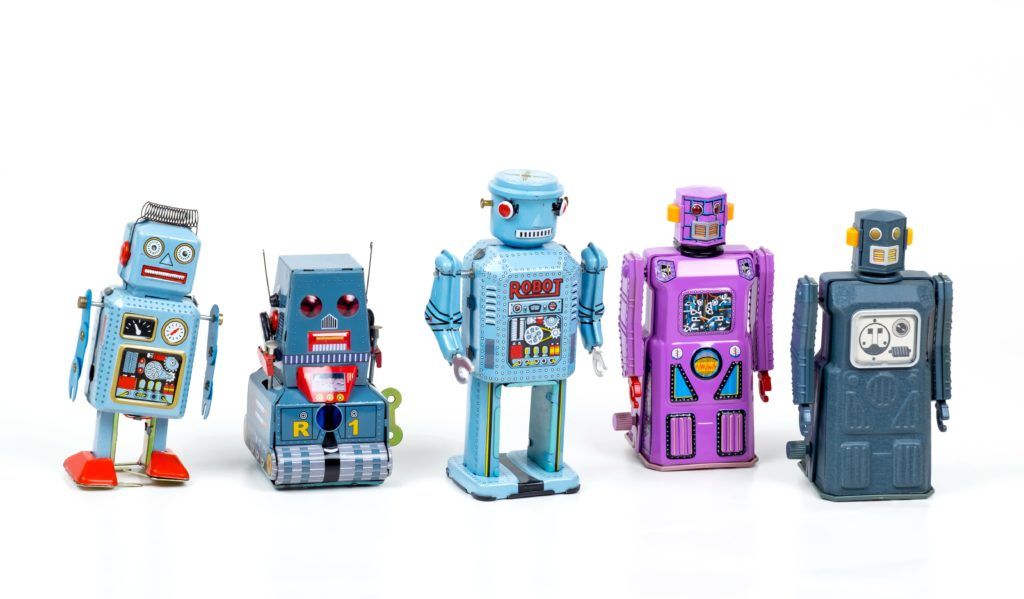As more businesses leverage RPA to address the pain-points associated with individual components in legacy systems, it’s worth considering how to best introduce and integrate these tools to your advantage.
At CamundaCon LIVE 2020.2, Andres Jimenez Ramirez from the Universidad de Sevilla, and Hajo A. Reijers from Utrecht University, explained how taking a human-centered approach to RPA implementation pays dividends in the future.
Their research explores how RPA implementations typically mimic the behavior of human employees to automate manual tasks. In order to initially introduce RPA tools, most commercial platforms rely on a manual analysis to identify the tasks suitable for RPA automation.
However, manual analysis is hugely time-consuming. It does not only involve the analysis of documentation, it is also necessary to determine the expected frequency of cases, the exceptions that can take place, and various other attributes that are complex to estimate. So when a company wants to introduce RPA to automate a low-level manual task, a far deeper analysis of the process is required.
Human Interaction
So how can you optimize RPA integration and implementation? Take a human-centered approach. The knowledge that human workers gain over time, to review errors and continually improve processes, can be transferred to RPA.
Because RPA is focused on interaction of the user interface to automate low-level human tasks, before introducing RPA, businesses need to ‘mine processes’ – automatically discovering the real steps in each task executed by a human worker.
Of course, process mining itself can be automated.
Behaviour Observation
One starting point is to log information — capturing various attributes of how humans behave by monitoring the interactions between human workers and the information systems within the RPA implementation project.
Even when you don’t have access to the source code of the software your current processes are running on, you can still capture information using desktop apps. The most important part is that you obtain a complete log of all systems through activity monitoring, screen captures, and mouse and keystrokes — resulting in a behavior observation log.
While behavior observation gives you comprehensive data, it does not give you the ability to see which events are similar to each other, thus which events should form part of the RPA implementation. This is where automation can transform observed behavior, in the form of screen captures, clicks and keystrokes, into a meaningful user interface event log (UI log) by using image-similarity techniques.
For example, analyzing the captured screenshots is important, but very time consuming. A way around this is to reduce the image size and colors down to an array of bits to compare — rather like a fingerprint. Then using the Hamming distance (how many bits are different in one image to another) you can begin to separate the events into cases which comprise the individual steps of the complete process.
Because human workers will do other things as well as carrying out the process, for example, checking and responding to email, the first process model you return will look like spaghetti. So the log has to be cleaned to discover which activities comprise the process. But after a period of analysis, you can produce an As-Is-Design for your RPA bots to follow.
Without automating the behavior observation, process mining can take weeks or months. As well as time-saving, automated behavior observation allows process stakeholders to discover aspects that might not be easily transferred to an RPA bot, and find new ways to manage these.
Open challenges
Human behavior can speed up the design and development of RPA bots, even in very challenging situations, for example with little data access, or working with screenshots. However, there are challenges still to be met.
- If you observe human workers and they each execute the task in a different way — you’ll end up with a messy behavior observation log and run the risk of automating inefficiencies by not understanding the process itself.
- There are many exceptions that humans need take over from RPA — analytics can help process stakeholders to deal with these, and in turn, help humans workers with more support and insights.
Speeding Up Robotic Process Automation through Behavioral Observation is available to watch now on-demand. You can also read more about Camunda’s integration with UI Path and RPA functionality in this blog from VP Product Rick Weinberg.
Plus, watch the on-demand RPA Modernization with Camunda webinar, presented by CEO Jakob Freund, to learn how RPA modernization provides a lifecycle approach to orchestrate, choreograph, analyze and monitor your RPA bots today and provides an architectural path that replaces RPA bots with API/ microservices for the future.


